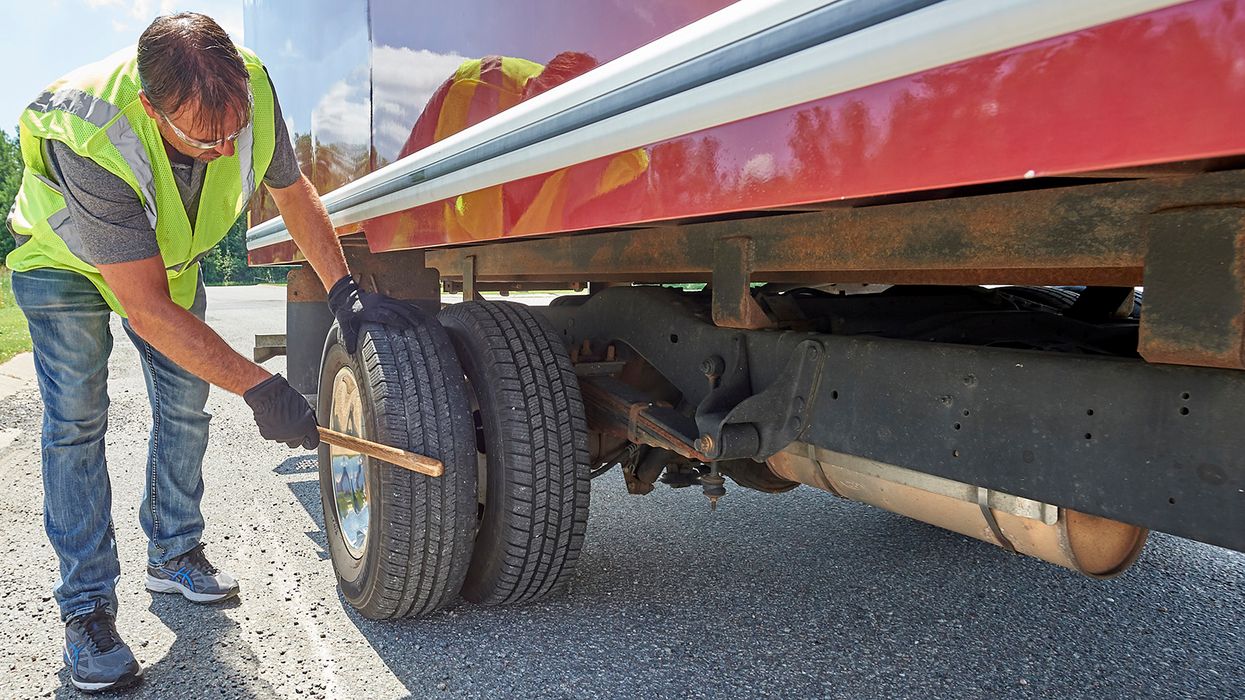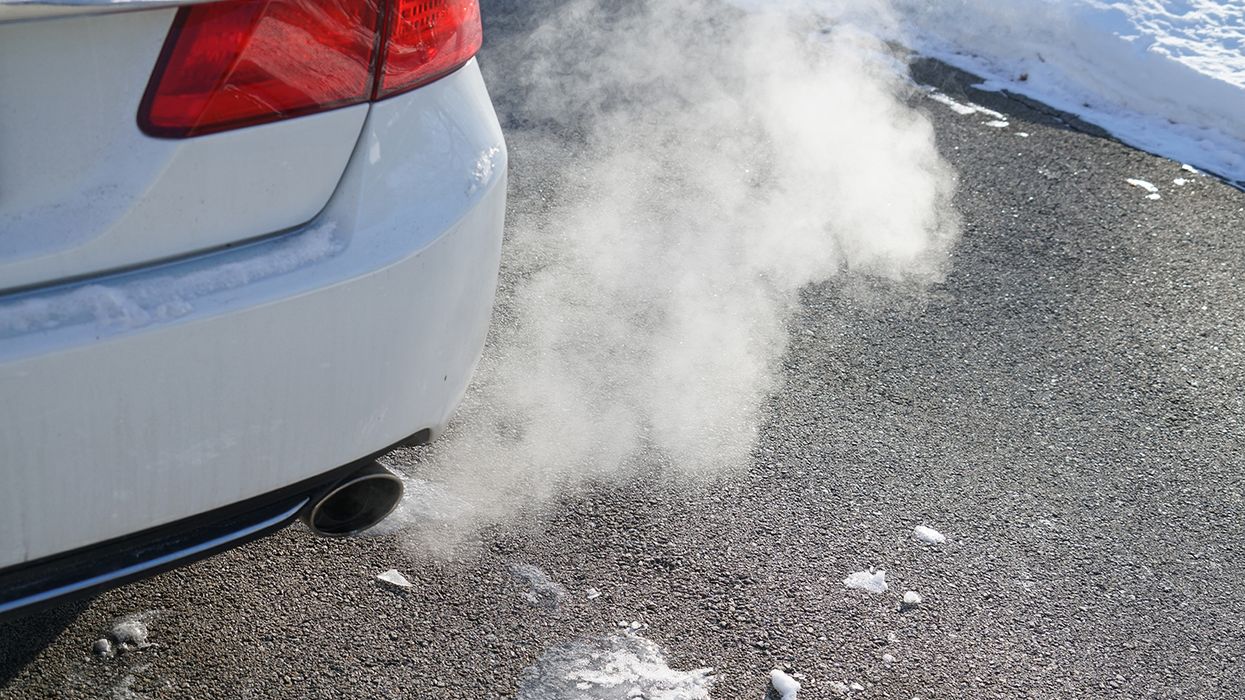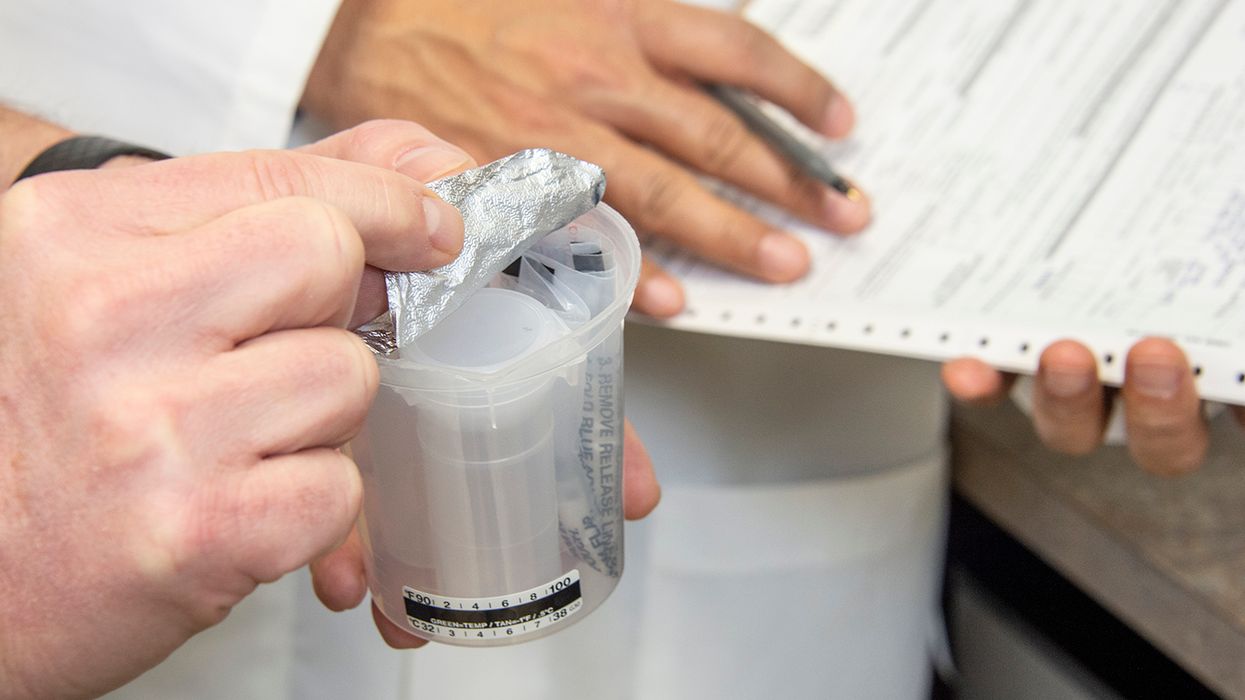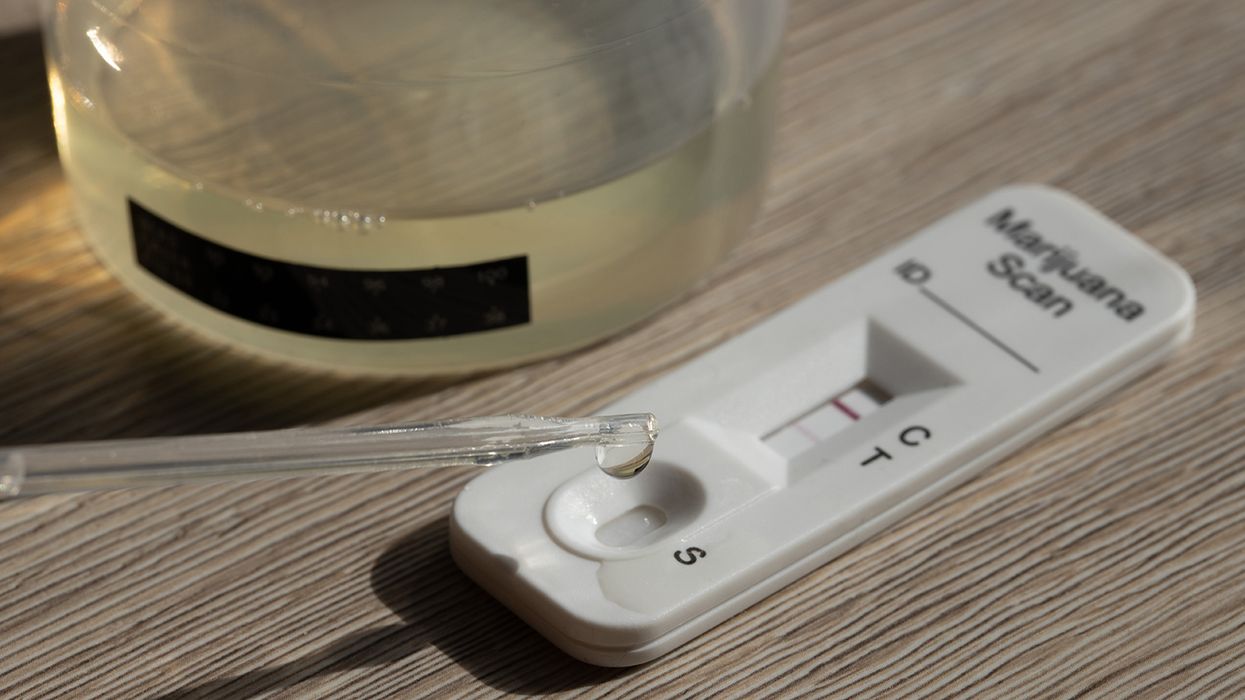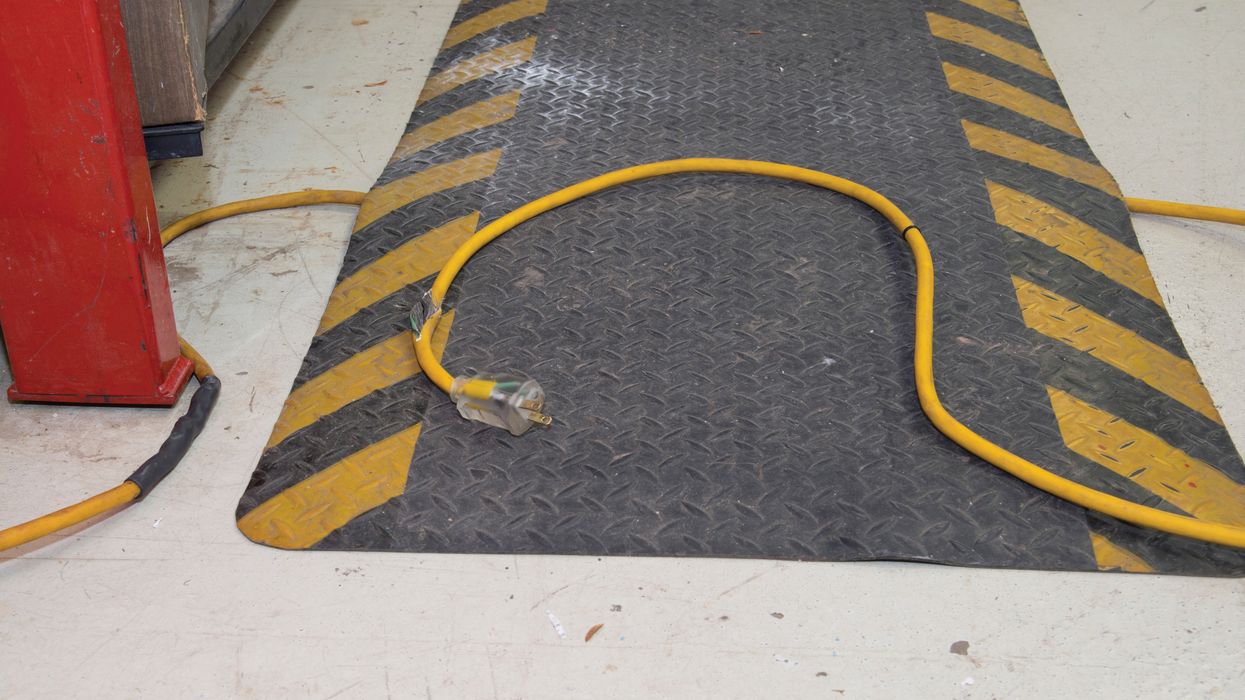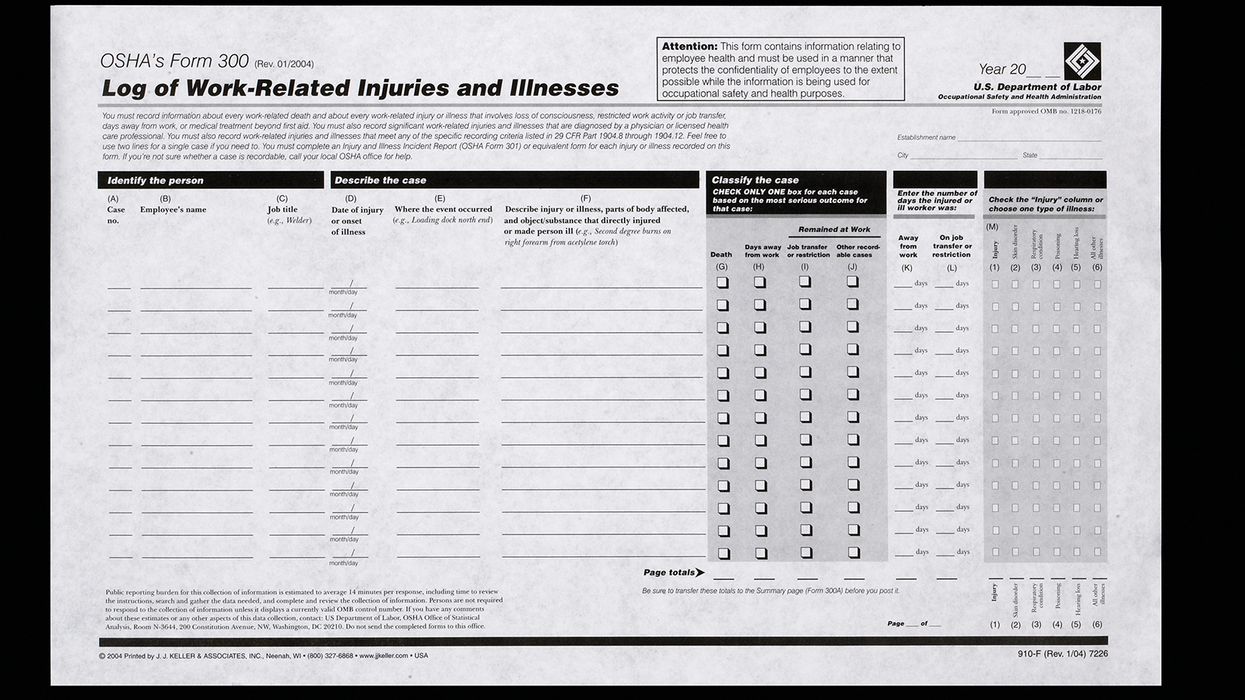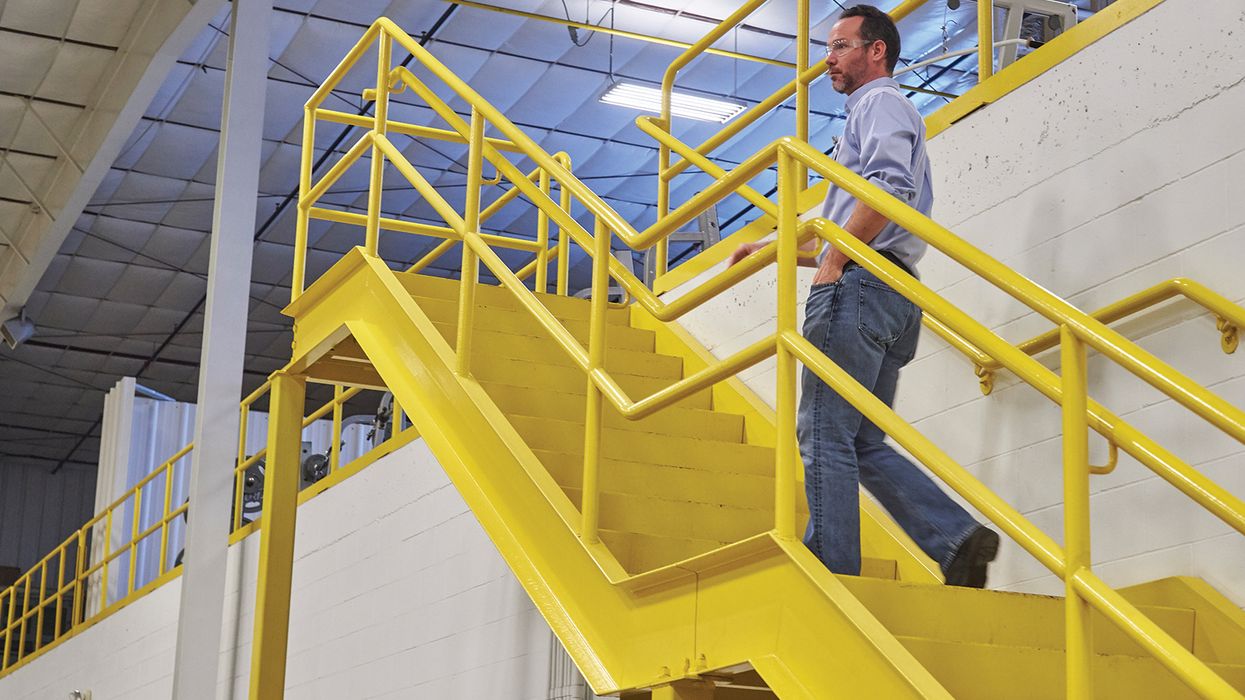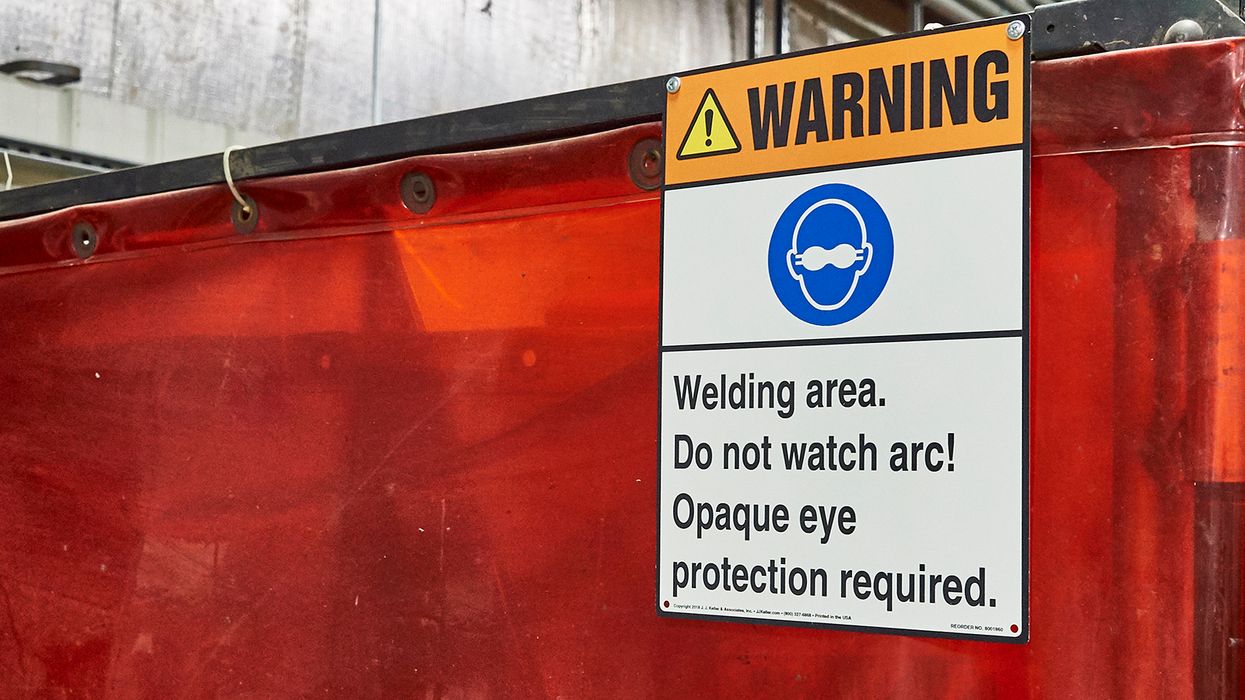Mastering the Canadian daily trip inspection: Tips for commercial drivers
Ensuring your commercial vehicles are road-ready is not just about compliance — it is also about safety, efficiency, and peace of mind. Here’s how you can help drivers master their daily trip inspections and keep their journeys smooth and trouble-free.
Daily trip inspections are essential
The purpose of a daily trip inspection is for your drivers to identify and address potential issues before they become serious problems, reducing the risk of accidents and breakdowns. Additionally, regular inspections help in maintaining compliance with legal requirements and industry standards, avoiding costly fines and penalties. Ultimately, daily trip inspections are a critical practice for promoting road safety, vehicle longevity, and operational efficiency.
Quick review of the legal requirements
In Canada, the legal requirements for daily trip inspections are primarily based on National Safety Code (NSC) Standard 13. Ensure your drivers understand these key points:
- Frequency: Commercial vehicles must undergo a daily inspection at least every 24 hours;
- Scope: The inspection applies to trucks, tractors, trailers, or combinations exceeding a registered gross vehicle weight of 4,500 kilograms, as well as buses designed for passenger transportation;
- Inspection Items: The inspection must cover various vehicle components, including brakes, steering mechanisms, lights, tires, horns, windshield wipers, mirrors, and emergency equipment;
- Documentation: Drivers are required to carry a copy of the inspection report(s) and applicable inspection schedule of defects and present it to officers upon request; and
- Defect Reporting: Any identified defects must be reported and addressed before the vehicle can be operated. Vehicles cannot be operated with major defects.
Each province and territory may have additional requirements, so it is essential to be familiar with local regulations. U.S. Driver Vehicle Inspection Reports (DVIRs) are generally compliant in Canada, thanks to a reciprocity agreement between the two countries.
Steps to complete the inspection
To ensure the safety and efficiency of your vehicle, your drivers should follow these essential steps to complete the daily trip inspection thoroughly and accurately.
- Preparation: Start by gathering your inspection tools and checklist. Ensure you have a flashlight, tire pressure gauge, and any other necessary equipment.
- Walk-Around inspection: Begin with a walk-around inspection of the vehicle. Look for any obvious issues such as fluid leaks, body damage, or loose parts.
- Check under the hood: Open the hood and inspect the engine compartment. Check fluid levels (oil, coolant, brake fluid) and look for any signs of leaks or damage.
- Inspect the exterior: Check the condition of the tires, lights, and reflectors. Ensure that all external components are secure and in good condition.
- Enter the cab: Once inside the cab, check the operation of the horn, windshield wipers, and mirrors. Ensure that the seatbelt is functioning correctly.
- Brake test: Perform a brake test to ensure that the brakes are working properly. This includes checking the parking brake and service brakes.
- Document findings: Record any defects or issues found during the inspection on the inspection report. Note whether the defects are minor or major. Major defects must be repaired before the vehicle can be operated.
- Be Thorough: Take your time and inspect each component carefully. Rushing through the inspection can lead to missed issues.
Daily inspections are crucial for maintaining vehicle safety, preventing unexpected breakdowns, and ensuring compliance with regulations.
Key to remember: Ensure your drivers understand the important role they play in the daily inspection process, as their diligence directly contributes to the overall safety, reliability, and efficiency of the fleet.

